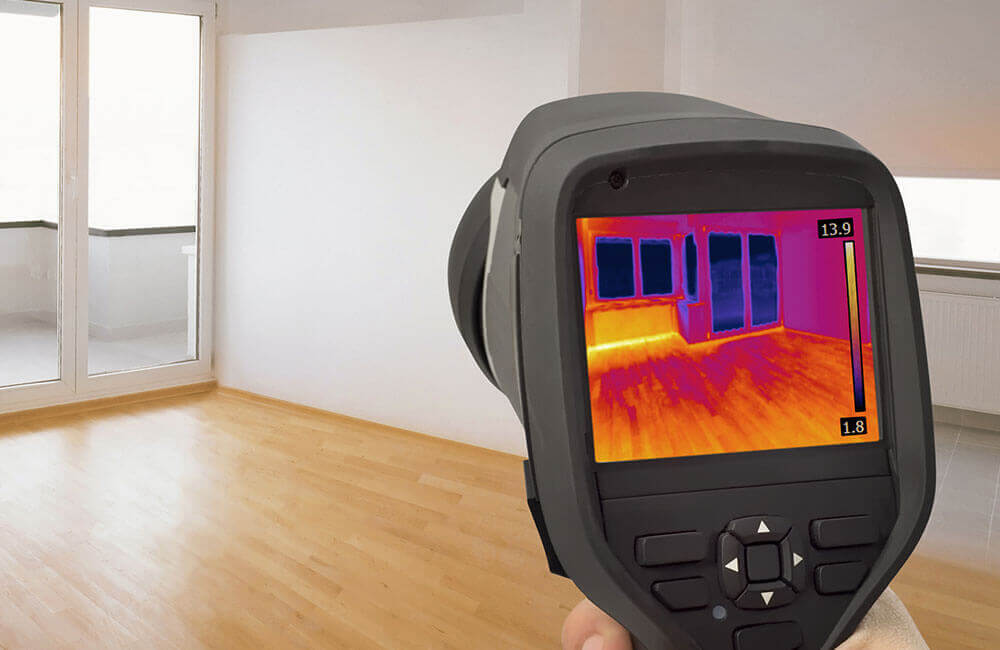4 Reasons to Request Thermal Imaging In Home Inspections

One of the easiest and most effective ways to learn about the true condition of a home is to order a home inspection. Homeowners often order an inspection to stay on top of their home’s maintenance and repair needs and to identify any developing issues.
Buyers usually order home inspections to learn more about the condition of a property that they are preparing to purchase. Regardless of the situation, it makes sense to hire an inspector who uses thermal imaging in home inspections.
Understanding Thermal Imaging In Home Inspections
Thermal imaging has a wide range of applications. For example, military professionals and hunters may use thermal imaging to identify targets that are difficult to see because of environmental conditions. Thermal imaging captures temperature differences when the camera is scanning an area and it provides you with a visual representation of the heat signature.
Thermal imaging in home inspections is beneficial, but it is not yet universally used. These are some of the reasons why you should choose a home inspector who offers thermal imaging.
1. Identify Electrical Issues
When electricity is properly contained in insulated wires and other devices, it gives off a minimal heat signature. However, when wires are damaged or other types of electrical issues are present, thermal imaging in home inspections may detect a more intense heat signature. Imaging can also be used to determine if the electrical panel is overheating. These are potentially serious concerns that could place the home’s occupants at risk if they are not identified and repaired.
2. Pinpoint Water Leaks
Moisture gives off a different heat signature than dry areas on thermal imaging devices. It can be difficult to tell if signs of water damage are from an old or current leak when you cannot access inside the wall. Thermal imaging can help by showing if there is active moisture. With this technology, the inspector can pinpoint the source of the damage so it is less invasive to fix.
3. Assess the Condition of Insulation
A thermal imaging scan of exterior walls and of the attic can determine if insulation fully covers these areas. Thermal imaging can also reveal where insulation may have slouched down inside the wall or deteriorated over time. With this information, you can take steps to improve energy efficiency.
4. Learn About Energy Efficiency
Thermal imaging can be used to identify leaky seals around doors and windows. These gaps allow climate-controlled air from the interior to seep outdoors, making your home’s HVAC system work harder to maintain a comfortable temperature.
Leaky seals can result in energy loss and uncomfortable drafts inside the home. A home energy audit using thermal imaging gives you the knowledge to appropriately focus your home maintenance efforts and improve energy efficiency year round.
A typical property inspection will give you many details about a home’s condition, but thermal imaging gives you another layer of information. Many inspectors are not yet offering thermal imaging services, so look for an inspector who does as you prepare to order a home inspection.
Eagle Eye Inspections provides thermal imaging in home inspections and home energy audits. Contact us to book your appointment.

